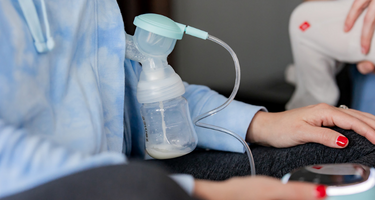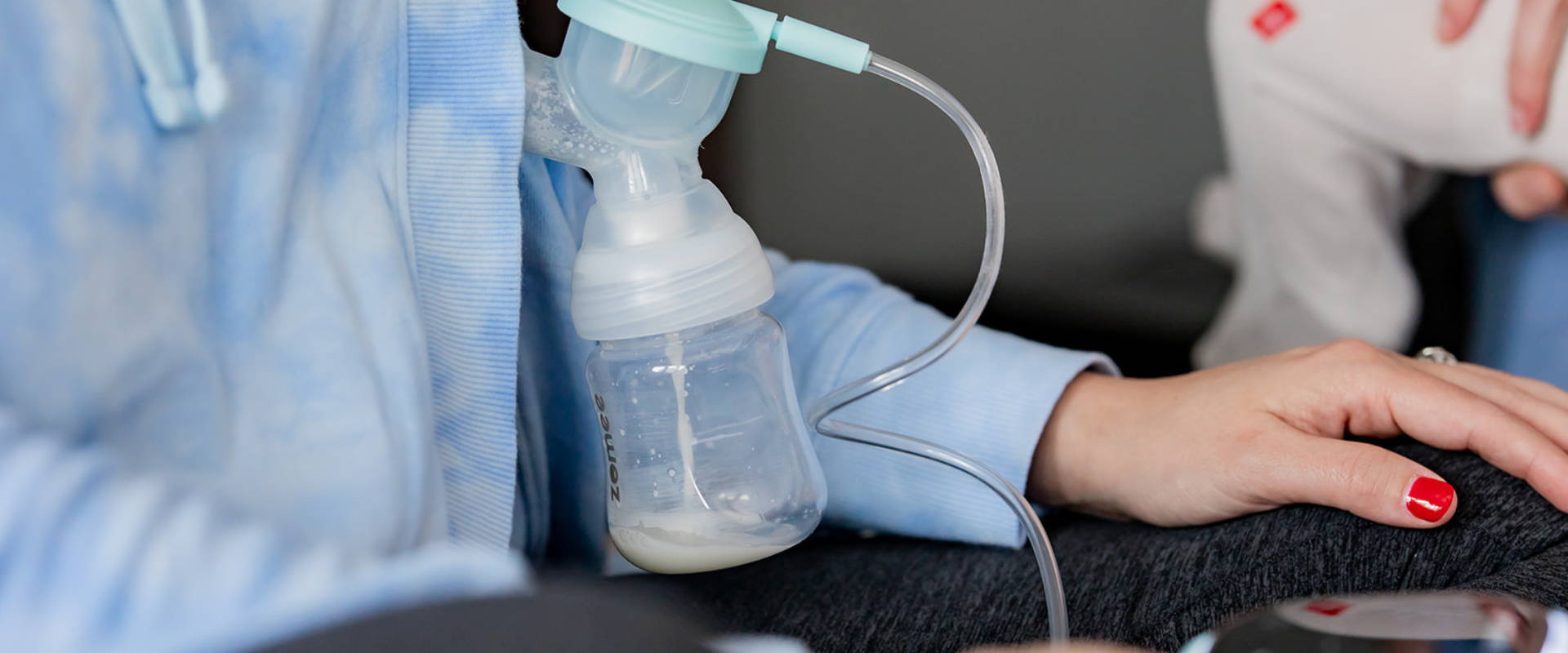גודל האוגן משנה
אולי אתם קוראים את זה ותוהים, מה זה אוגן?
אוגן הוא החלק המשפך של משאבת השד שלך שבא במגע עם השד שלך ומקיף את הפטמה. זה יוצר את האיטום מסביב לעטרה והפטמה שלך כדי לעורר את הפטמות ולקדם את הסרת החלב. האוגן יוצר איטום ואקום סביב העטרה והפטמה.
אוגנים מגיעים במגוון גדלים הנעים בין 13 מ"מ ל-36 מ"מ או יותר. זה טווח עצום מכיוון שגודל וצורת הפטמות של כולם שונים, אפילו הפטמות שלך יכולות להשתנות בגודל משמאל לימין.
למה אתה צריך את הגודל הנכון של אוגן?
- הגודל הנכון עשוי להגדיל את תפוקת החלב שלך עד 20%
גודל אוגן שגוי עלול לגרום ל:
- לגרום לכאב או להתמוטטות העור, כולל אדמומיות, גירוי, עור שבור
-ריקון לא יעיל ויכול להוביל לסתימת צינורות חלב
-אתה לשאוב פרקי זמן ארוכים ולהפיק פחות מאונקיה
במקרה של ספק נא למדוד ולוודא שאתה משתמש בגודל הנכון של האוגן.
IBCLC יכול לעזור למדוד אותך ולקבוע את גודל האוגן שלך ולהעריך את הקוטר, האורך והגמישות של הפטמה שלך.





